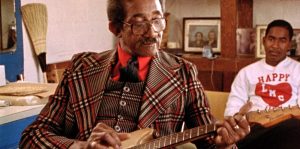
The style of music known as the blues was born in Northern Mississippi and the Mississippi delta. Most would agree that the foundations of rock and country are, in fact, the blues. But unlike those musical genres, the blues of old is in danger of fading away. In Robert Mugge’s Deep Blues, music historian and journalist Robert Palmer not only takes us on a tour of roots of the blues, but he teams up with Dave Stewart of The Eurythmics to properly record the best music and musicians of the region.
Right off the bat, the documentary is about 25% history and 75% damn good music. Palmer and Stewart begin on Beale Street in Memphis, walking into a record/voodoo-paraphernalia store. The owner gives the pair a lesson on voodoo and mojo. Through voodoo, customers would buy charms to bring good luck, but blues musicians would purchase mojo to provide them with the power and clarity to focus on creating excellent tunes. They did not want the good luck of the voodoo charms as the subject of blues was suffering.
From the voodoo store, we then visit Booker T. Laury, the living encyclopedia of the blues, and treated to a performance of “Memphis Tours.” Then onto the black-owned farms of Northern Mississippi and the music of R.L. Burnside playing “Jumper on the Line” on the electric guitar. Stewart would then join Burnside on the acoustic for a bit of lesson learning.
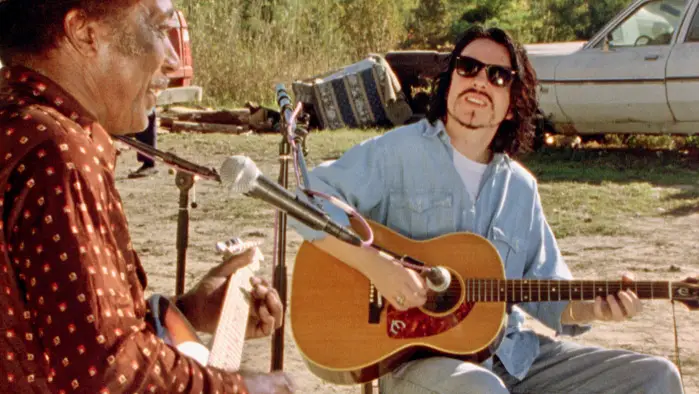
“…takes us on a tour of roots of the blues…to properly record the best music and musicians of the region.”
The fife and drum are indelibly connected to the revolution and the birth of the United States. In addition, fife and drum music established the rhythmic foundations of blues. Jessie Mae’s Fife and Drum Band perform “Bouncing Ball.” As Stewart leaves Deep Blues mid-way, Palmer takes us to the juke joints, lounges, front porches, and parlors of Holly Springs, Greenville, Clarksdale, Bentonia, and Lexington. We’re treated to small slices of various artists’ history and experiences at each stop, including Junior Kimbrough, Roosevelt “Booba” Barnes and the Playboys, Big Jack Johnson, Jack Owens with Bud Spires, and Lonnie Pitchford.
Deep Blues is a music documentary that exists to capture the origins of the blues. Unlike rock and country, the blues have never been adequately recorded for technological reasons, and then there are the racial issues too. The film is practically a secret compilation of blues music that you can’t find unless you traveled the south looking for it. Jessie Mae talks about the fact the music is preserved only through performances at clubs and festivals.
Through the doc, Palmer, Stewart, and director Mugge properly archive this music with sound and recording equipment that was not available or affordable before the emergence of rock. That said, the music is absolutely incredible and toe-tapping. Yes, it’s also “properly recorded.” The sound is impressive, considering most of it is recorded in clubs or, in the case of R.L. Burnside, on his front porch. While shot on film, and I’d bet that it was recorded on tape. I listened to the documentary on a nice pair of Dolby headphones, and the sound is gorgeous with that iconic fat sound you can’t get with digital recordings.
If anything, Deep Blues will serve as a primer into the history of the blues and its origins in a racially divided South. The ten songs performed throughout are just a taste of the massive blues library that most music fans have never heard. If you want to know more about blues music, this is the place to start.
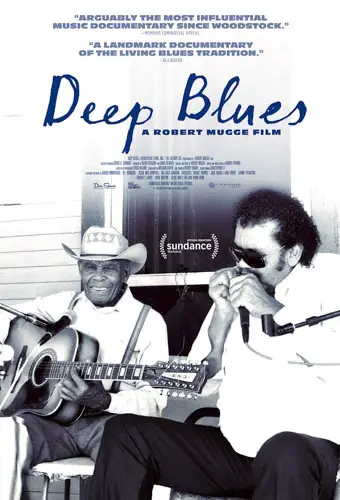
"…the sound is impressive, considering most of it is recorded in clubs..."
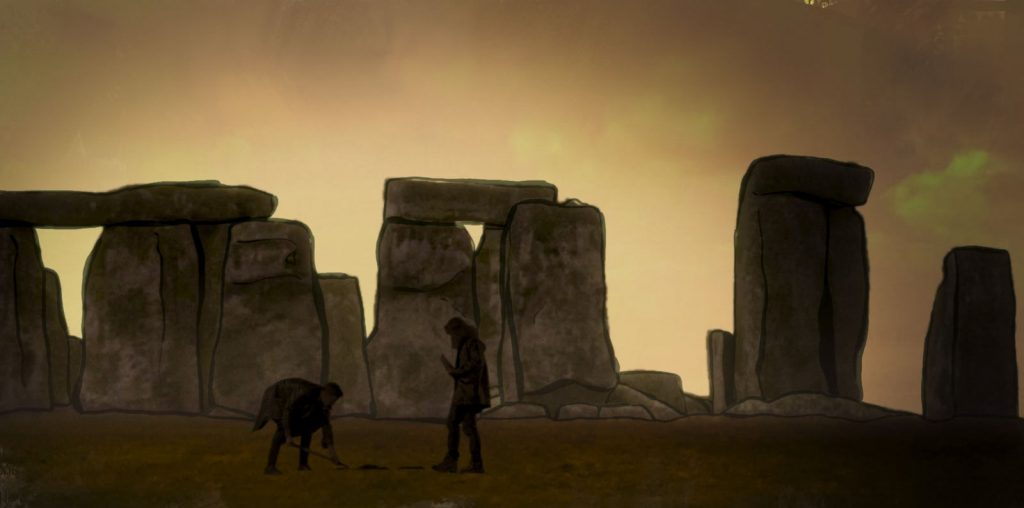
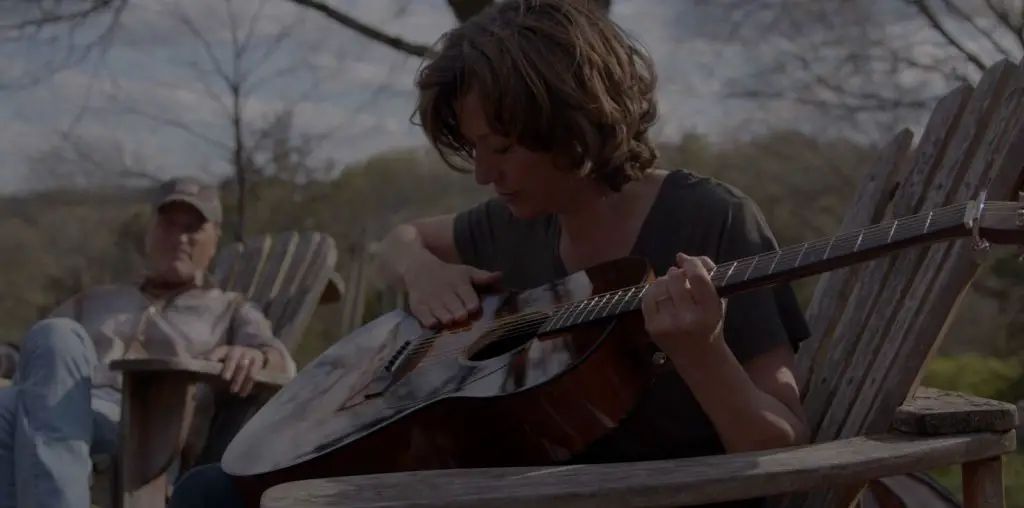
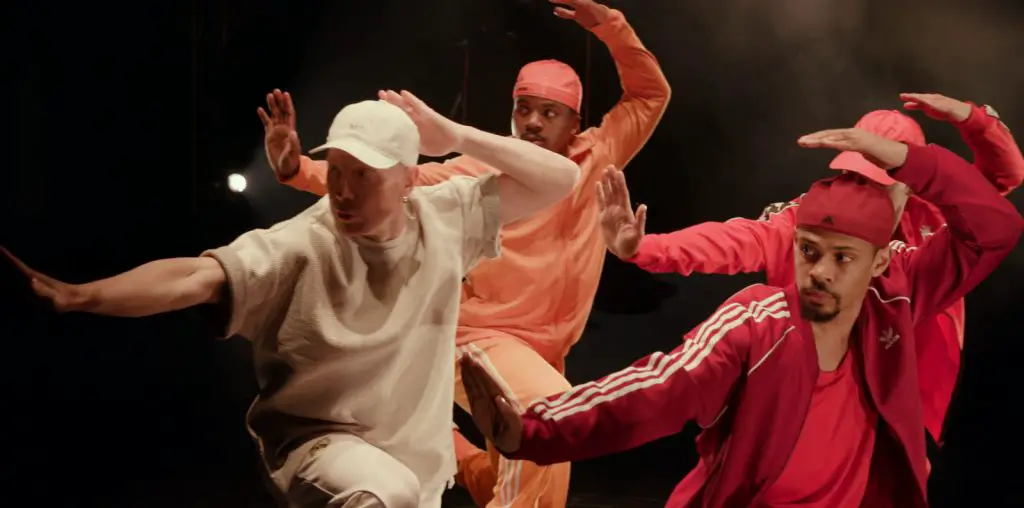
[…] Source link […]
[…] post Deep Blues first appeared on Film […]